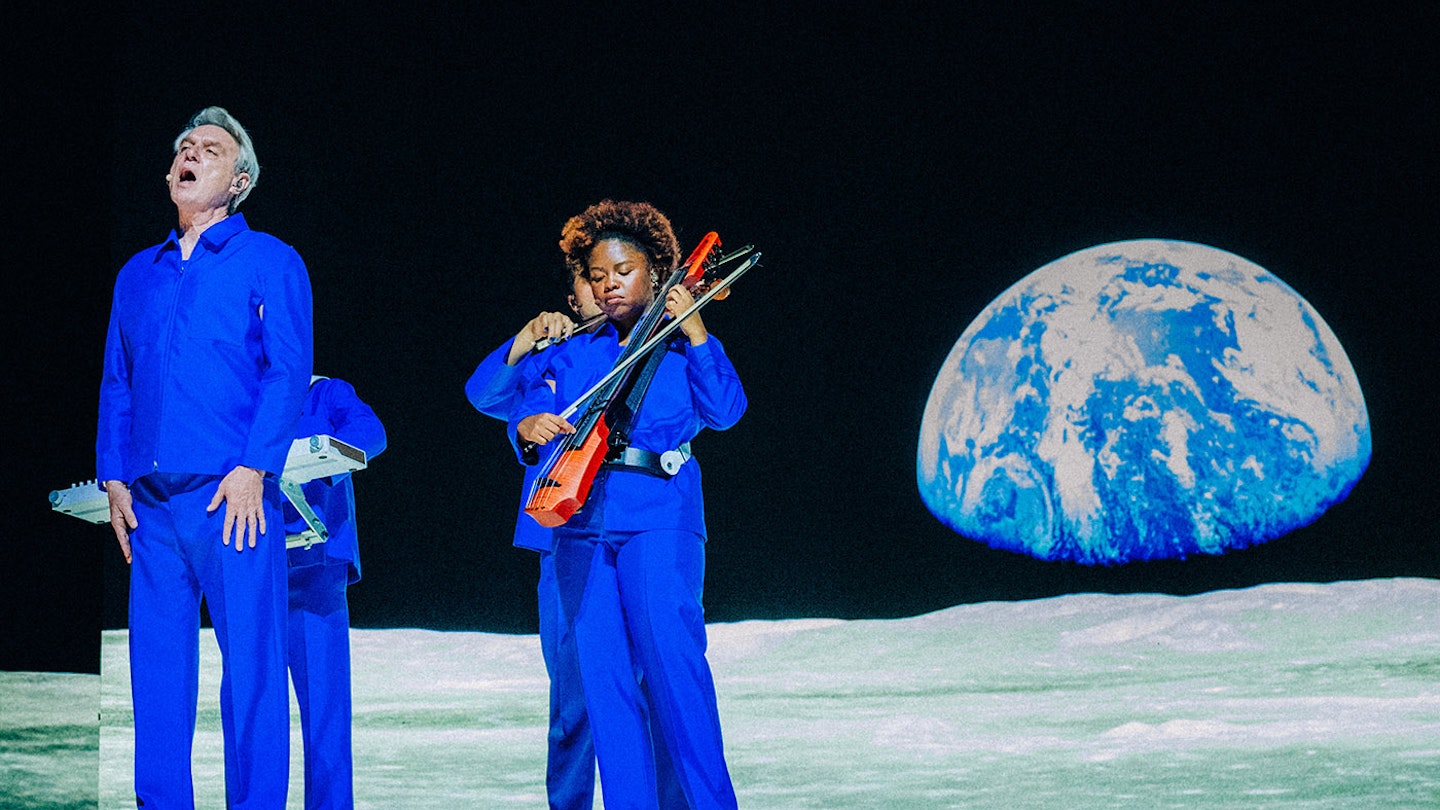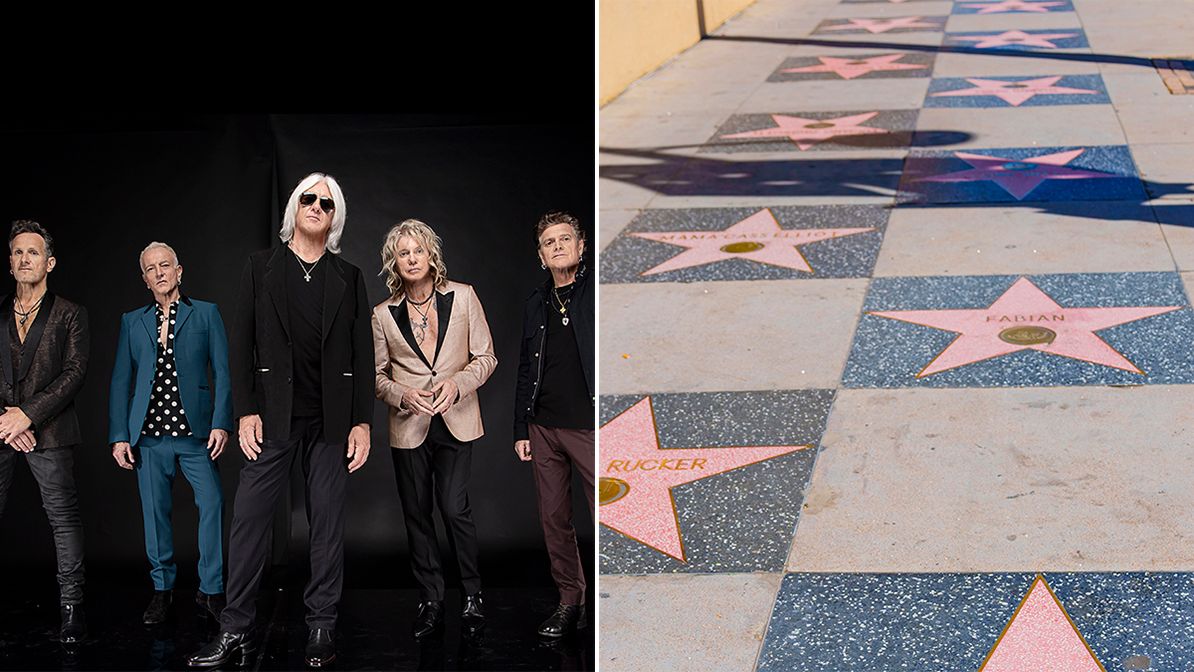The Echo of Springsteen's Cinematic Ghosts
Explore the intersection of art, memory, and myth as Bruce Springsteen reflects on his father's cinematic portrayal.

When Bruce Springsteen speaks, it’s less of a conversation and more of an invocation—a summoning of the ghosts of past, present, and yet-to-come. So when The Boss openly muses on the cinematic portrayal of his father, we’re invited into that mysterious realm where memory collides with interpretation. It’s a dance not between two partners, but amongst a multitude: truth, art, memory, and myth.
The Intersection of Memory and Myth

Springsteen’s music has always served as a mirror held up to his own soul, reflecting the struggle, redemption, and yearning of working-class America. His songs sing of “racing in the street” and “promised lands,” but beneath the denim jacket of Americana lies the tender fabric of personal and familial strife. His father, often a specter haunting these tales, represents not just the man he was, but the archetype of fathers—weary, distant, complex.
To see this figure represented on film through another’s lens is inherently “otherworldly.” It’s a journey into a shadowbox of memories that don’t quite fit the corners of reality—slightly off-kilter, where the edges blur and the colors sometimes run. Yet, there’s something rebellious in acknowledging that these portrayals can never truly capture the whole truth.
Artistry: The Bridge, The Barrier
:max_bytes(150000):strip_icc():focal(749x0:751x2)/bruce-springsteen-stephen-graham-032525-9f020d3b62b0455690575c6171e7c6d6.jpg)
Springsteen’s experience speaks to a broader truth in the creative world: the slippery nature of authenticity when filtered through artistry. Films often choose to paint with broad strokes, glossing over the raw texture of reality for a sheen more palatable to the masses. Here lies the artist’s eternal struggle—balancing the sanctity of truth with the creative carte blanche to reshape it.
This cinematic rendition of Springsteen’s father is more than a character study; it’s a cultural artifact—a glimpse into how stories, once personal, become communal. It’s this tension between narrative ownership and audience interpretation that reverberates like a haunting chord throughout the music and film industry.
Inviting Reflection, Inspiring Rebellion

As we stand on the threshold of Bruce’s reflections, we’re reminded of the urgency for music—and indeed all art—that refuses to shy away from the perilous terrain of truth. In a landscape often saturated by pop culture’s hollow echoes, we need the raw, the real, the dangerous. Springsteen reminds us of our hunger for the authentic resonance that real rebellion offers—a sound not just heard, but felt.
Springsteen’s story, viewed through the celluloid lens, encourages us to wrestle with our own narratives. Which parts do we allow others to shape? Where do we draw the lines between experience and interpretation? In pondering these questions, we tap into the primal essence that art, at its best, provokes within us—a desire for truth, however untidy it might be.
The world needs more of these unvarnished tales, more real voices cutting through the noise. In amplifying this conversation, we affirm that rock, danger, and unabashed emotion remain not just relevant—they are necessary. And perhaps, that’s why we listen to The Boss, and why his reflections continue to challenge and inspire.



